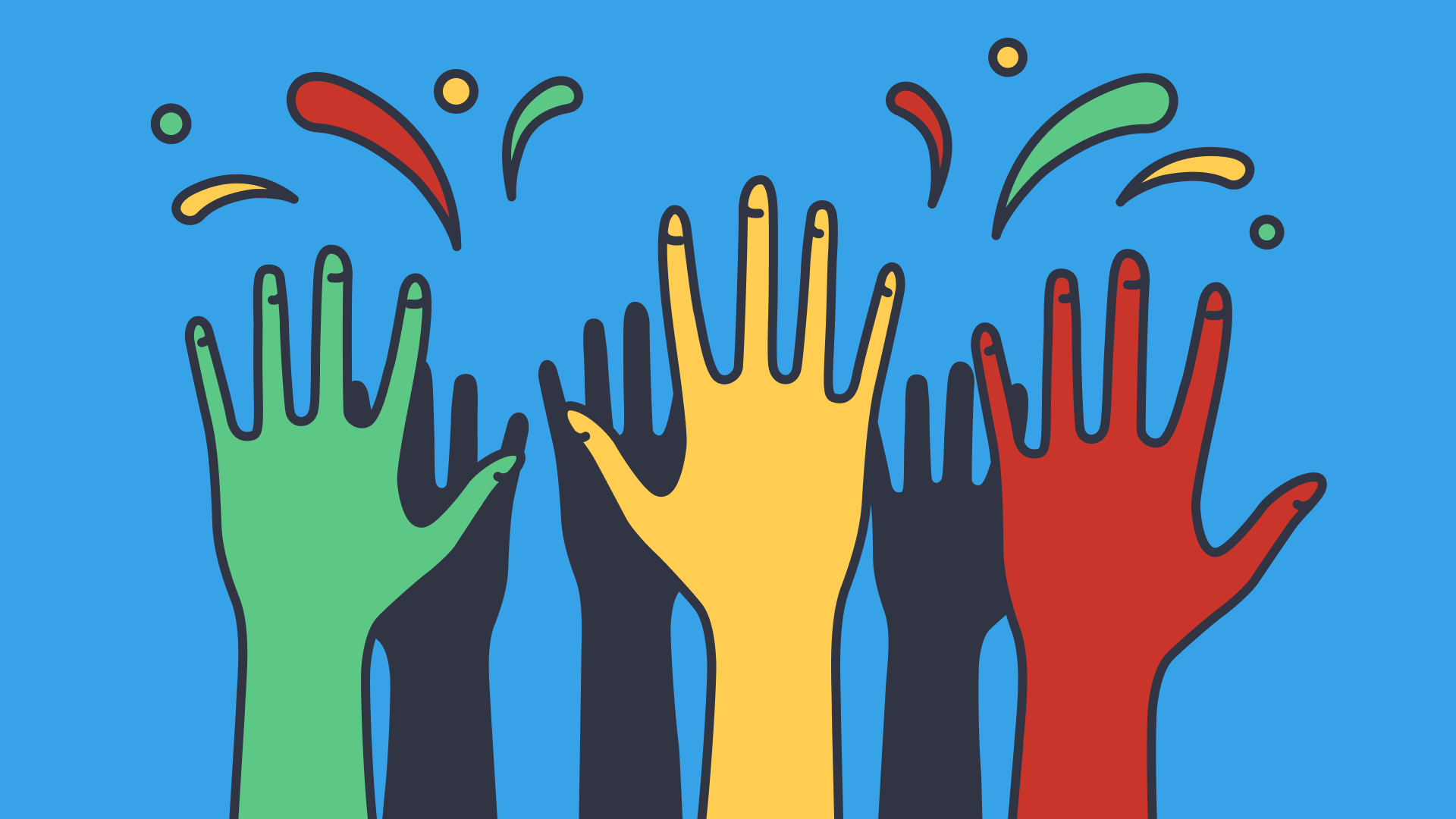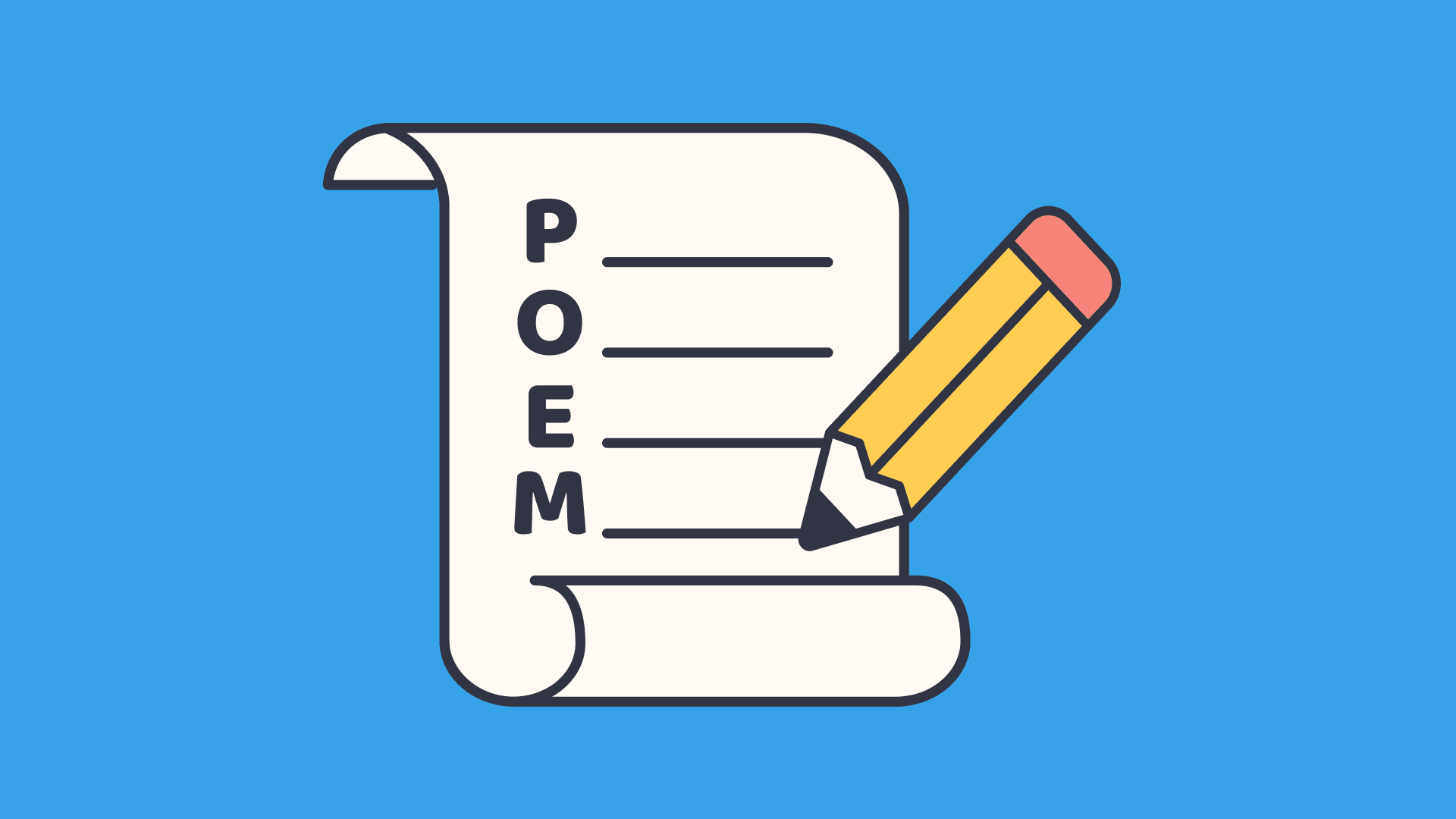Fun and educational Juneteenth activities for students
In this guide
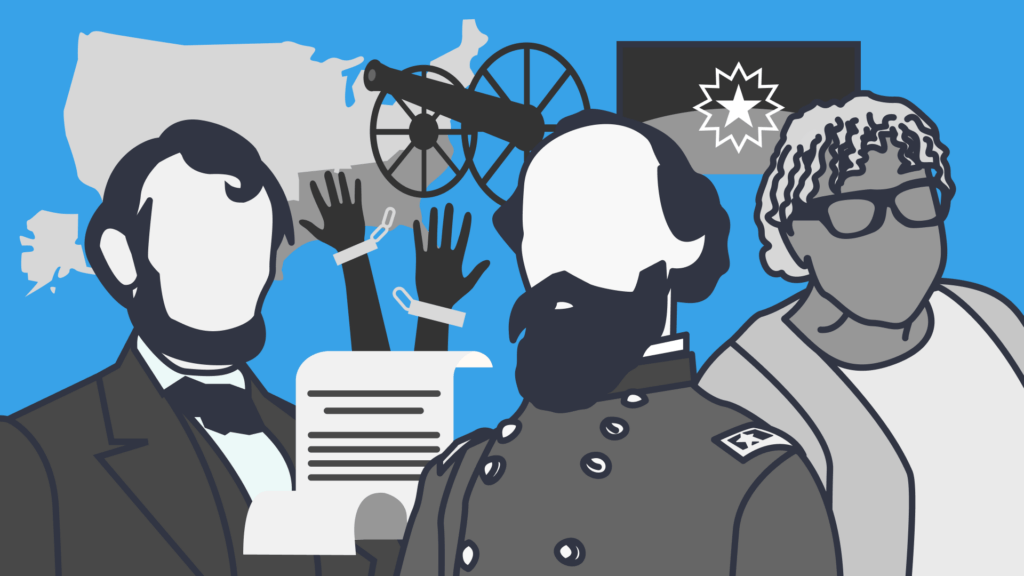
Understanding the history and significance of Juneteenth
Juneteenth commemorates the emancipation of enslaved African Americans in the United States and is celebrated annually on June 19th. While President Lincoln signed the Emancipation Proclamation in 1863, many enslaved people remained captive by their white oppressors until June 19, 1865 when Union soldiers arrived in Galveston, Texas. The last group of enslaved people to learn about their freedom was on this day, more than two whole years after the proclamation was signed.
This day is an important milestone of American history and reminds Americans about the hard journey that has been, and is still being fought, for freedom and equality.
Juneteenth is referred to as “Freedom Day” or “Emancipation Day” and is a celebration of African American culture and a reflection on the ongoing journey towards racial equity in America. Juneteenth was recognized as a federal holiday in 2021 and the day reminds us of the resilience, achievements, and contributions of African Americans throughout history.
Understanding the significance and importance of this day gives students a broader understanding for conversations about equality, civil rights, and justice in America’s history. Juneteenth gives teachers the opportunity to discuss topics such as slavery, freedom, Black Lives Matter, and the continuous flight for justice and equality in America and across the world.
Students can learn more about the Black Lives Matter Movement and how it connects to Juneteenth in The Economics of Racial Inequality.
Teaching Juneteenth in the classroom is more than just acknowledging a date in history. It affirms that Black lives do matter and fosters empathy, understanding, and resilience for those directly, and indirectly, affected by the injustices that have, and still are, being wrought against African American people.
Engaging read-alouds to introduce Juneteenth in your classroom
A fun and engaging way to introduce the Juneteenth holiday to students of all ages is to use picture books or novel read-alouds that center on Black voices as well as historical truth and accuracy.
Take a look at the following read-alouds and use them to spark meaningful discussions with your students. Help students connect emotionally to the experiences of those who fought for freedom.
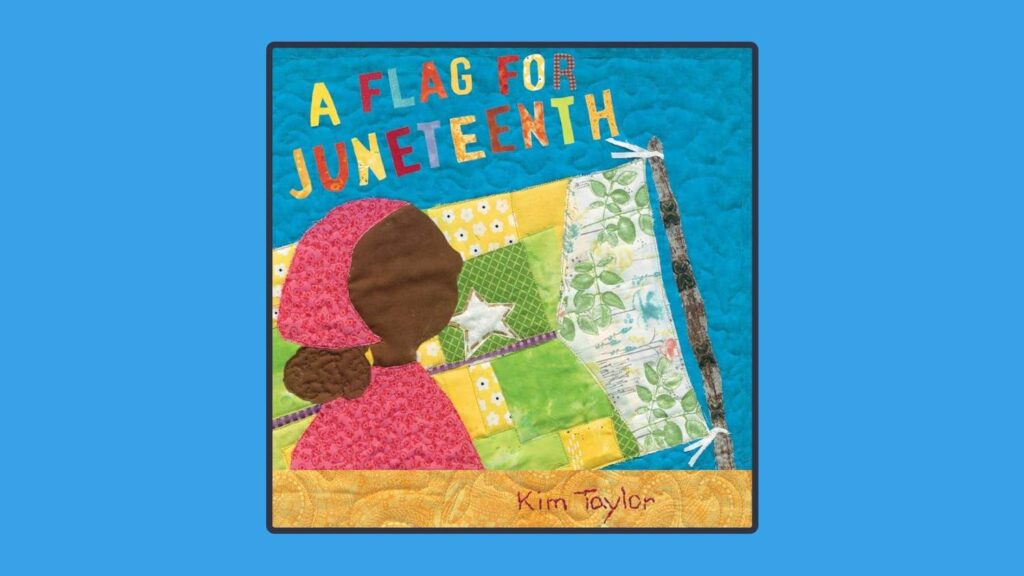
‘A Flag for Juneteenth’ by Kim Taylor.
- This book tells the story of a community of enslaved African American people on a plantation in Texas.
- Huldah is preparing to celebrate her 10th birthday and doesn’t realize how much her life will change that morning.
- Each page of this story has been quilted with deep symbolism and connection to the freedom flag the community creates in the text.
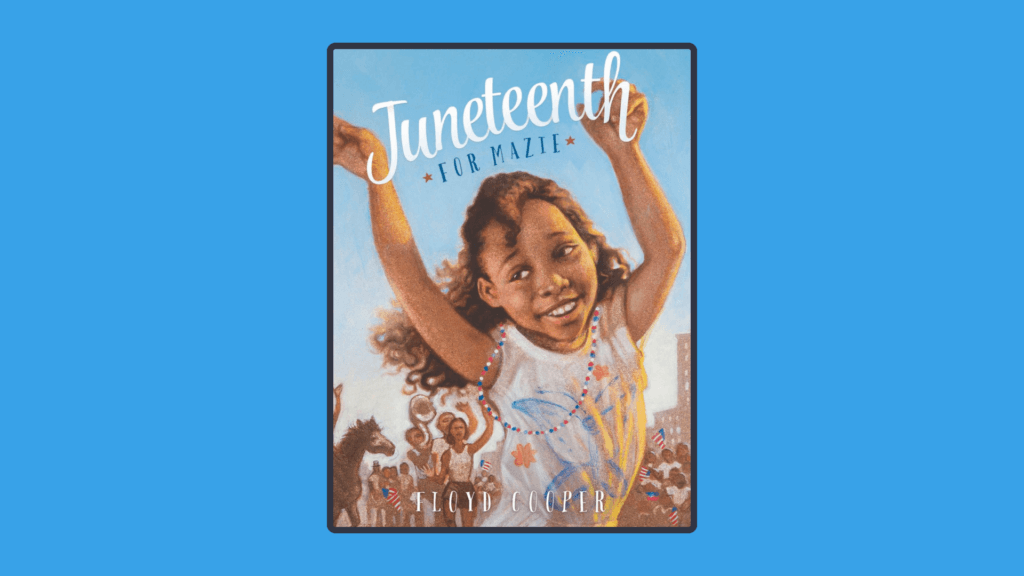
‘Juneteenth for Mazie’ by Floyd Cooper.
- This story follows the main character, Mazie, as she learns the importance of Juneteenth and why it should be celebrated. Juneteenth for Mazie highlights themes of perseverance, hope, and freedom.
- This book is the perfect conversation starter for students in grades K-3 and can be used as text to enhance learning for upper elementary students as well.
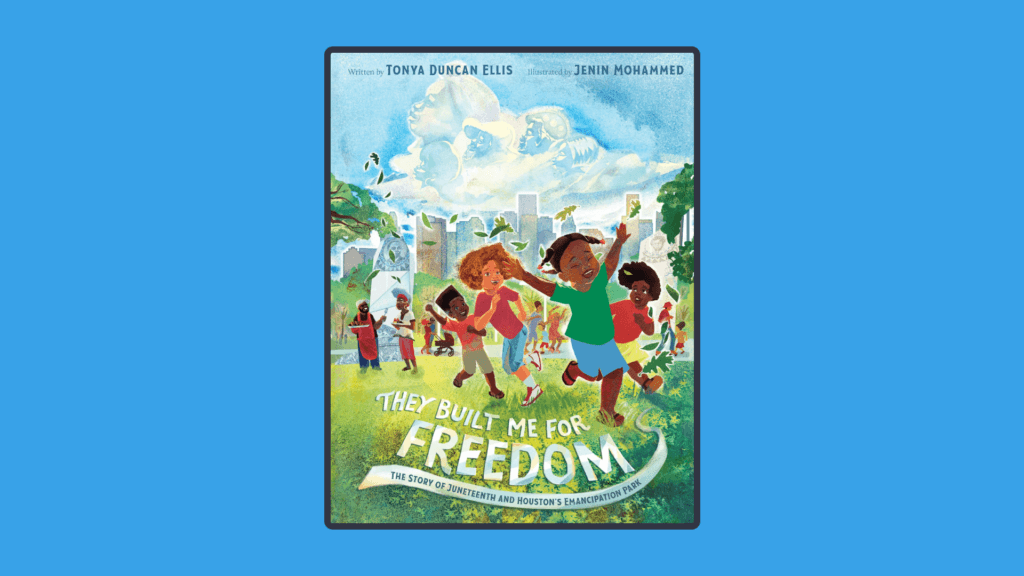
‘They Built Me for Freedom: The Story of Juneteenth and Houston’s Emancipation Park’ by Tonya Ellis Duncan.
- This book is written from the perspective of the Emancipation Park in Houston, Texas.
- Using personification, the author shares the story of Juneteenth and how the park’s grass, fields, and pools were sites of parties, protests, and other important American history events.
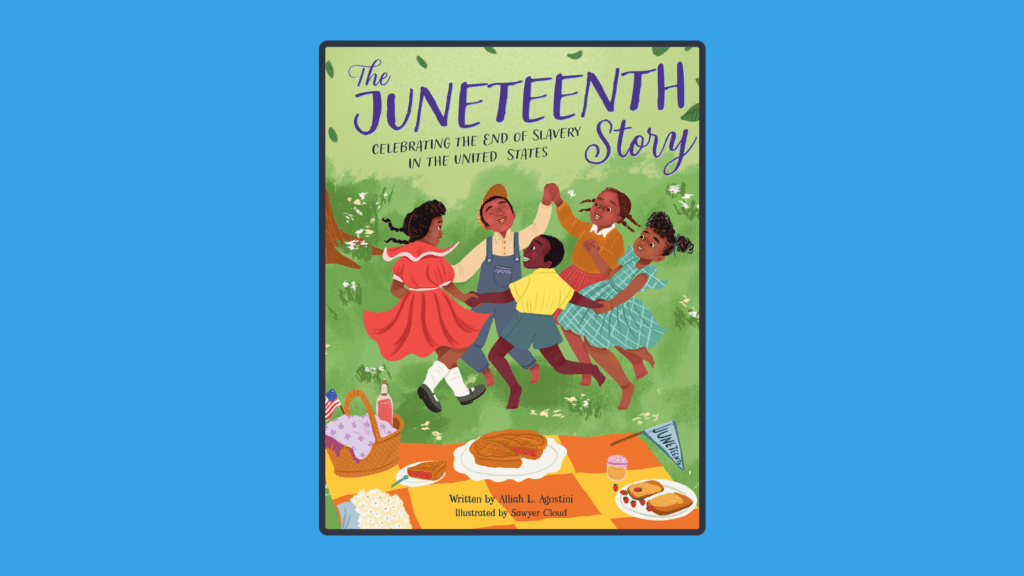
‘The Juneteenth Story’ by Alliah Agostini.
- This book follows a young girl as she learns about the history of Juneteenth.
- Students learn about the history of Juneteenth and see a beautiful illustration of a timeline of the significant moments in history that impacted this celebration.
- Readers will also hear about why it took so long for enslaved people in Texas to hear the news of the emancipation.
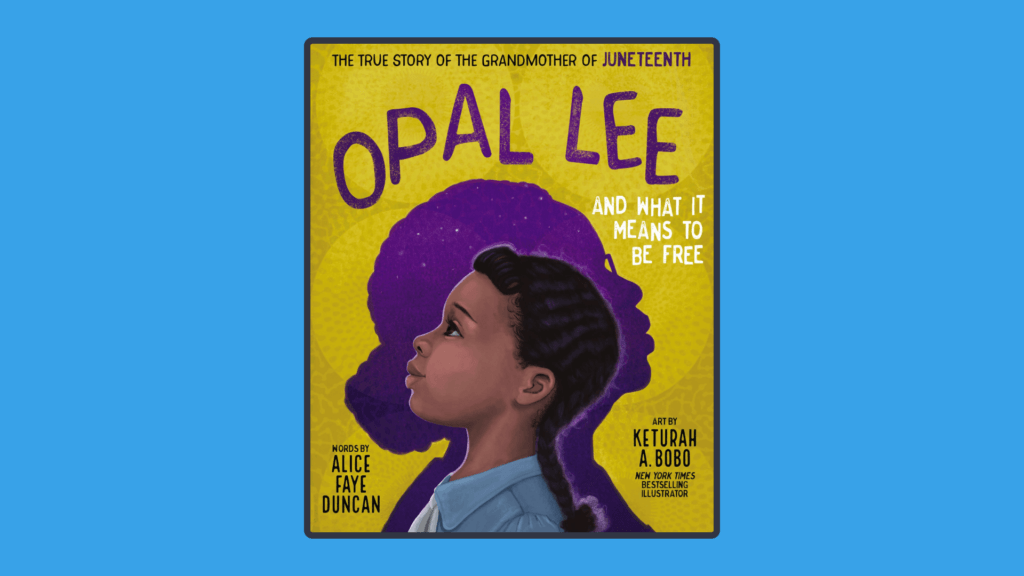
‘Opal Lee and What it Means to Be Free: The true story of the Grandmother of Juneteenth’ by Alice Faye Duncan.
- Opal Lee is the “grandmother of Juneteenth” and tells the Juneteenth story to her great-grandson.
- The illustrations in this book capture Opal’s memories of honoring this holiday and her life’s activism.
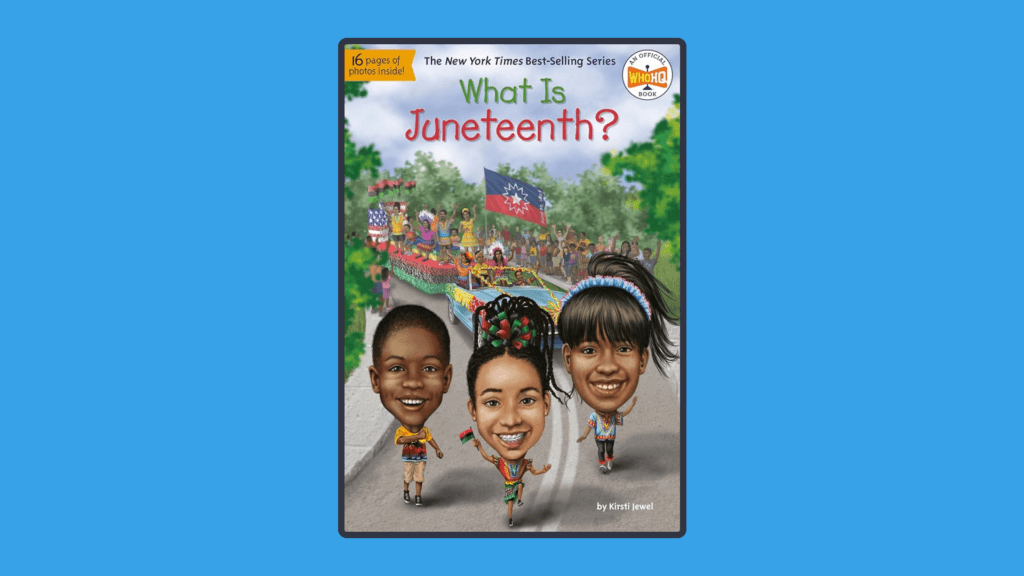
‘What is Juneteenth?’ by Kristi Jewel.
- What is Juneteenth? is part of the Who HQ series where students learn the history of Juneteenth, why it is celebrated, and how people take part in honoring this day.
- This nonfiction text gives students information surrounding Juneteenth and how it became a holiday.
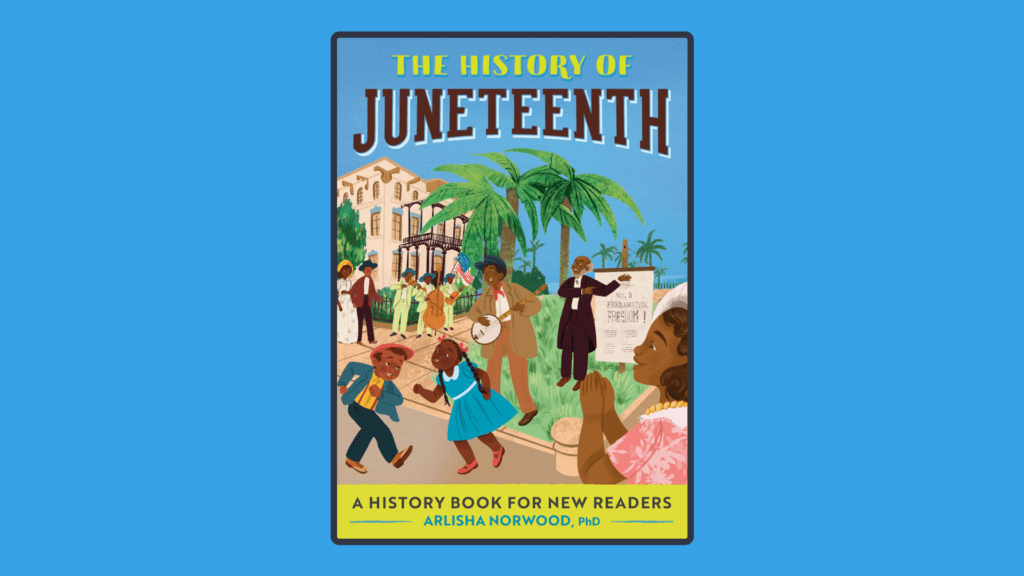
‘The History of Juneteenth: A History Book for New Readers’ by Arlisha Norwood.
- In this text, readers will learn more information about the who, what, were, when, and why of Juneteenth.
- There are quizzes embedded in the text to test students’ knowledge and understanding.
- In addition, kids will get a look at an in-depth timeline of the events leading up to Juneteenth and what happened after.
Creative and hands-on Juneteenth classroom activities
Bring Juneteenth to life in the classroom through creative and engaging experiences that will deepen understanding and encourage empathy. These activities are fun ways for students to explore the themes of Juneteenth: freedom, resilience, and celebration.
1) Freedom quilt
Give students a small square of paper or thin fabric.
Each group or individual should design a square of the quilt that represents an aspect of the Juneteenth celebration (freedom, culture, history, family, etc.).
Place all the quilt pieces together to represent the sharing of ideas and community.
2) Freedom flag
Similarly, students can design a freedom flag using paper and art supplies, or a digital app.
Encourage students to think about symbols that might connect to the themes of Juneteenth.
Display the flags in your classroom space to symbolize the hope and strength that Juneteenth represents.
3) Timeline
As students read and learn about Juneteenth, they can follow along with the events by creating a timeline of the important moments of history.
Students can also design their timeline on a map to show the geographical location of different points of the timeline.
4) Poetry
Students can write acrostic poems using the word FREEDOM to describe and reflect on the concepts they learned about when studying Juneteenth.
You can give students the following letters as an example:
F- Fighting for what is right.
R- Remember and honor those treated unfairly.
E- Every voice matters.
Using multimedia to teach Juneteenth and Black History
Juneteenth
- In this video, students learn that Juneteenth National Independence Day is celebrated every year on June 19th.
- Learn how this holiday got its name and why it is important.
- Connect Juneteenth to other historical events like the Civil War and learn why this day is so important for all Americans.
Abraham Lincoln’s Emancipation Proclamation
- Learn how Abraham Lincoln’s Emancipation Proclamation freed those enslaved but the people of Galveston, Texas did not hear the news for another 2 years.
- Students learn how Juneteenth got its name and why June 19th is a nationally recognized holiday.
Juneteenth Explained
- Juneteenth celebrates the resilience of Black Americans and the historical achievement of abolition.
- This video explores the history of how this came to be and why we continue to celebrate Juneteenth today.
- Students will understand the relation of the Juneteenth holiday to the Civil War and the Emancipation Proclamation.
Slavery in America: The Great Stain
- Learn more about the devastating history of slavery in America and how Juneteenth plays a part in this history.
- Students will learn about the ⅗ compromise and these pieces of history related to the independence celebrated on Juneteenth.
Black History Activators
- Learn about important Black voices and amplify their stories in your classroom.
Ideas for meaningful reflection and celebration
Teaching Juneteenth in the classroom is about honoring the past, celebrating Black freedom and joy, as well as striving for continuous equality in our world.
Utilize the following lessons and activities to wrap up your Juneteenth unit and allow students to take what they have learned and apply it throughout their lives.

1) Juneteenth journal reflections
Give students time during your Juneteenth lessons to reflect on what they are learning and what questions they might have.
Students can share reflection journals with partners or keep them to themselves. Journals can be created on paper or digitally.
Consider the following prompts before, during, or after your study on Juneteenth:
- What does freedom mean to you?
- What does freedom look like?
- What did you learn about that surprised you?
- What does it mean to stand up for justice?
- How can you stand up for justice in your community?
2) Student empowerment
Empower your students to raise awareness for the Juneteenth holiday, the history it represents, and the themes Juneteenth shares.
Students can share artwork, spoken word, or poetry.
Hold an assembly where students can research and share about a famous person or speech in history.
3) Host a Juneteenth celebration
After learning or studying about Juneteenth, hold a classroom celebration that celebrates music, poetry, artwork, or media by Black artists.
Consider inviting a community speaker such as a Black business owner, historian, or leader.
4) Justice service project
Consider having students brainstorm ways to promote equity and justice.
Students could create posters about inclusivity and equality, volunteer with an organization standing for justice in your community, or write letters to local officials about promoting justice and equality in policies and law.
Juneteenth gives teachers a perfect opportunity to celebrate Black culture and engage students in thinking and conversation about freedom, justice, and equality. Teachers can prepare Juneteenth activities for students by using books, videos, and engaging activities to facilitate critical thinking and reflection about the themes and topics of Juneteenth. Juneteenth will be the perfect topic to teach about equality and justice for all.

Victoria Dotson
briefcase iconLiteracy Specialist
Victoria Dotson, an esteemed educator and professor in Chicago, Illinois, leverages her background as a Literacy Specialist to support multilingual learners and mentor preservice teachers. Victoria excels in developing literacy practices, promoting diverse literacy experiences in the classroom, and developing restorative curriculum.
Other posts
Want more content like this?
Subscribe for blog updates, monthly video releases, trending topics, and exclusive content delivered straight to your inbox.

